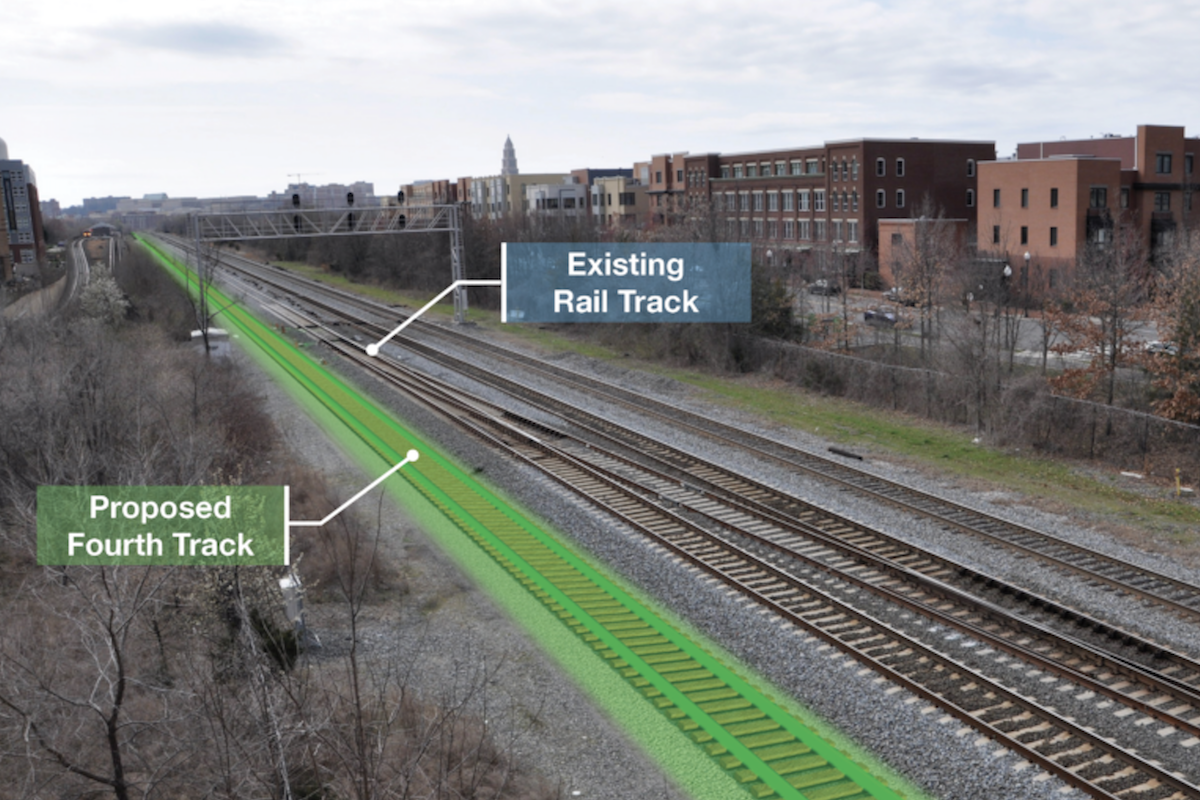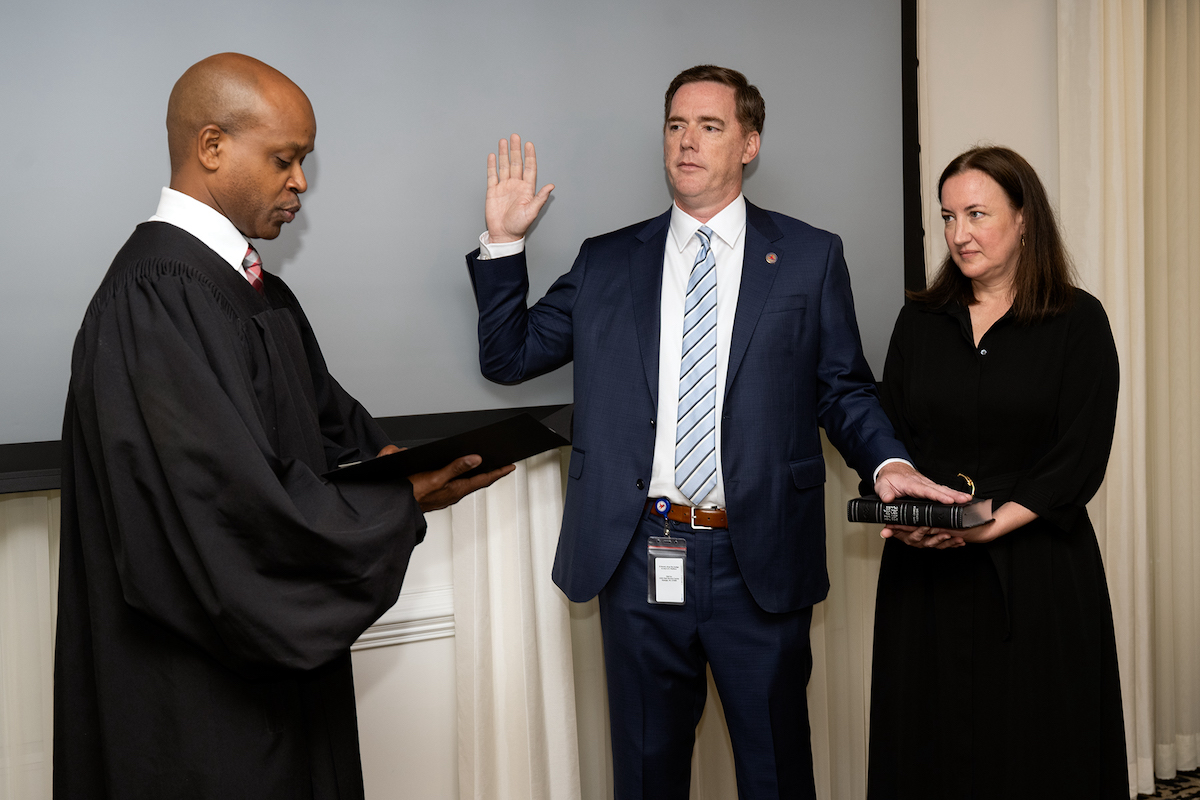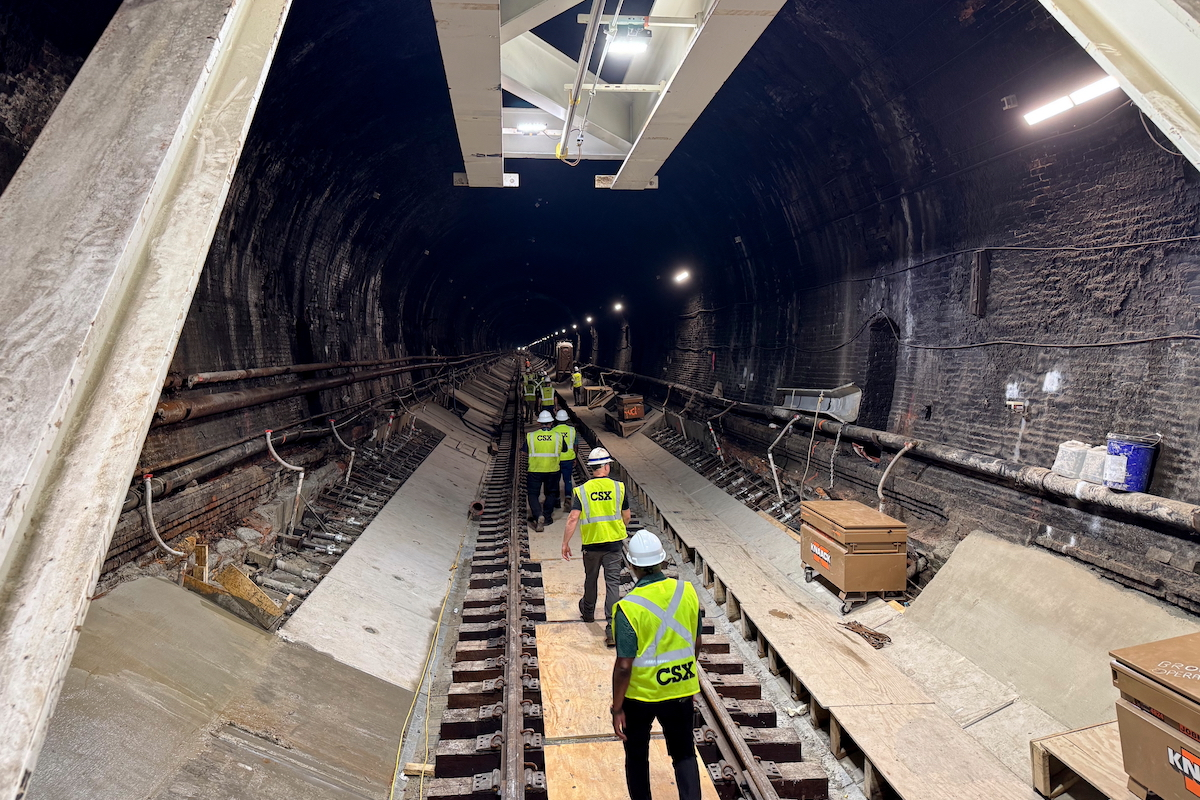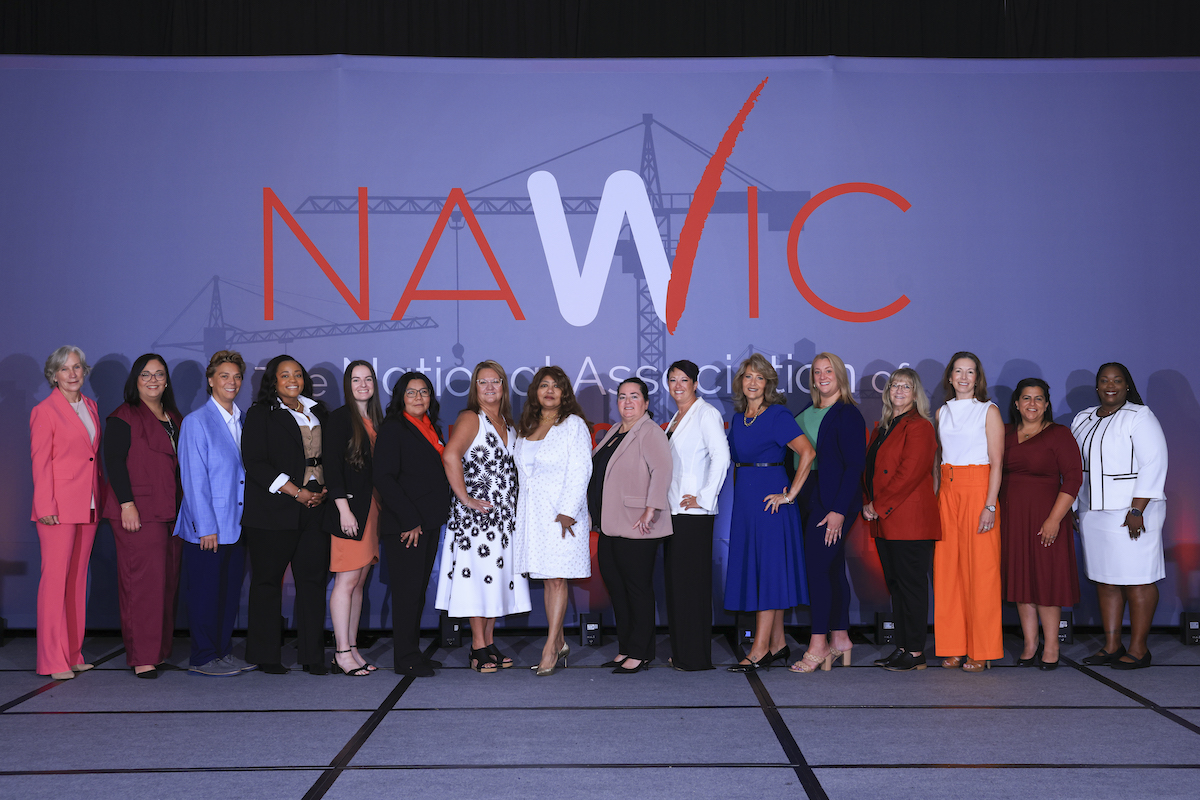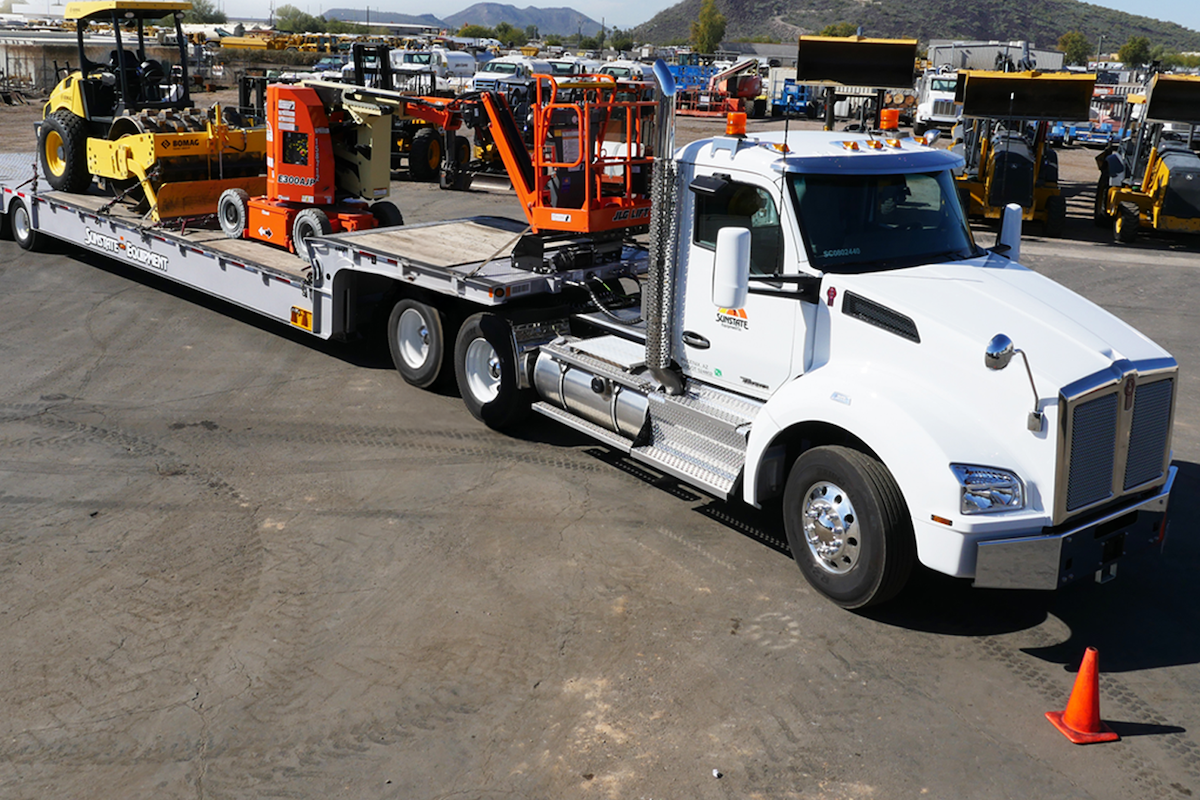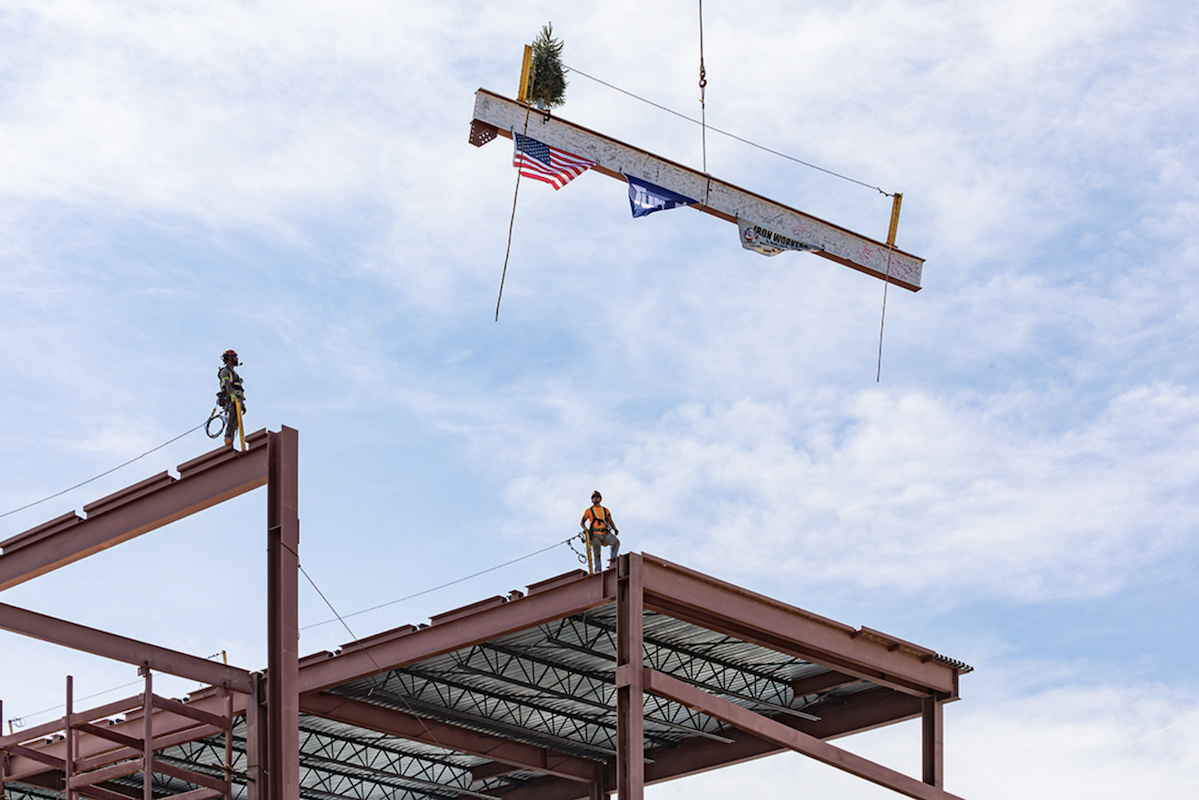While the stock market crash has been documented in textbooks and studied for years, the bridge is no historical relic. It continues to function, yet the old bridge has some serious issues, such as structural deficiency. The movable portion of the single-leaf bascule bridge is inoperable; the steel superstructure exhibits heavy corrosion and section loss.
The 210-foot-long bridge, with two approach spans, was rehabilitated in 1986, received emergency repairs in 2009, and interim repairs in 2015. When the bridge was rehabbed in the mid-1980s, it was transformed into a fixed structure. At that point, no ships other than pontoon boats could pass underneath the bridge. That becomes an issue when it is high tide, causing the water to nearly reach the bottom of the bridge.
Despite the repairs, the bridge is ranked 44th on the 2018 DelDOT Bridge Deficiency List (out of approximately 1,625 total bridges). While vehicles — even tractor-trailers — can still use the bridge, DelDOT determined it was time to replace the old bridge.
The viaduct has an average daily traffic of approximately 60,000 vehicles, while the BR 1-159 bridge has just 4,500. However, before the construction of the viaduct (1970s), the BR 1-159 bridge was much more frequently used.

| Your local Trimble Construction Division dealer |
|---|
| SITECH Mid-South |
The new BR 1-159 bridge will be constructed right next to the current alignment and will be 394 feet long. “The new bridge is longer than the previous one based on how it fits into the surrounding area,” said Catherine Schwander, a DelDOT Construction Engineer, who is serving as the Project Manager on the project. Schwander has been involved with the project since it was in the discussion stage.
The new five-span bridge has prestressed concrete spread box beams and a reinforced concrete deck. It will have two 12-foot traffic lanes, a 10-foot pedestrian/bike path on both sides of traffic, and two 2-foot shoulders.
With an 8-foot 6-inch clearance above mean high water, the new bridge will enable more recreational use of the river, and boats will also be able to travel beneath it.
Upon completion of the new bridge, the old BR 1-159 bridge will be demolished.
The building houses a manufacturing plant for Sun Chemical. Originally, Dupont Chemical occupied the building.
Water Street — which runs parallel to the river — has only one entrance and egress, so the team needs to be mindful to maintain traffic flow to the street as much as possible. If the street is blocked off, the delays need to be minimal.
On the other side of James Street (which is perpendicular to Water Street), there is a 10-foot clearance. The low clearance is due to an overhead Amtrak Bridge.
There is also the challenge of working along the river. Neither large nor small, the river impacts the surrounding marshy area.
There has been a significant amount of work done on utility relocation. The team spent a full year before the beginning of construction on utility relocation above ground. In addition, the project was shut down for a year during the construction phase so the team could concentrate on underground utilities.
One utility component could not be moved — an 84-inch sewer main known as the Christina River Force Main (CRFM). The nearly 50-year-old CRFM is above ground and is extremely sensitive. “We had to restore ground monitoring to ensure not to damage the CRFM,” Schwander said. “Because there’s little to no redundancy for the CRFM, a pipeline failure would have catastrophic environmental and public health consequences. Approximately, 40,000 establishments would be impacted.”
The team installed foam glass aggregate on top of the CRFM when doing the utility relocation. They put poles into the ground for advanced relocation.
There is an EPA superfund site that is yards away from the CRFM. The capped landfill contains environmentally contaminated materials, but it was remediated years ago. “The superfund is sensitive, and we have to be certain that we don’t puncture it,” Schwander said. This meant there were load restrictions in the area. In addition, there was an entity that monitored the superfund. “We are in constant coordination with the monitoring entity and tell them what we are doing in advance.”
Other restrictions on construction are due to the environmentally sensitive area. Because of fisheries, there can be no in-water work from March 1 to June 30. The area is also home to migratory birds. The birds nest from April 15 to August 1. This only impacts the old bridge. To protect resources, the team can only do minimal clearing in the wetlands and no grubbing. Before moving equipment on the wetlands, the team must lay down temporary composite mats.
The area around the construction site is industrial. In the vicinity, one will find junk yards, auto repairs, and industrial parks. The traffic on the bridge is primarily local, but there is also truck traffic moving items to and from the industrial sites.
Schwander also credits the general contractor, Mumford & Miller Concrete, for their communication efforts. “We’ve worked with them on many projects, and they’re an excellent partner who helps with communication and resolving issues. If we need to adjust the schedule due to environmental restrictions, Mumford is great about finding ways to move forward and working on what can be done at that time.”
The project began in the fall of 2019, and the anticipated completion is in the summer of 2024. The current completion date is set one year after the original, but the team was granted extensions due to issues arising that were out of their control. These issues include the environmental aspects, added precautionary measures, and daily monitoring. In addition, the project ran into some COVID-related challenges. Although DelDOT continued working through COVID-19, there were impacts.
The budget for the project is just over $15 million. The federal government is providing 80 percent of the funding, and the state is providing the remaining 20 percent.
When the BR 1-159 bridge project is complete, it will open up more recreational use of the river and give drivers a new, smooth structure for their commute over the Christina River.
- Owner: Delaware Department of Transportation
- General Contractor: Mumford & Miller Concrete, Middletown, Delaware
- Project Designer: McCormick Taylor, Philadelphia, Pennsylvania
- Project Supervisor: KCI Technologies, Sparks, Maryland





















